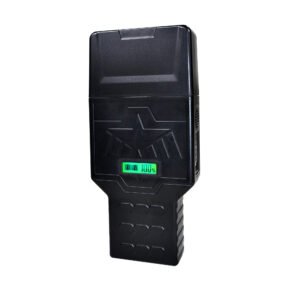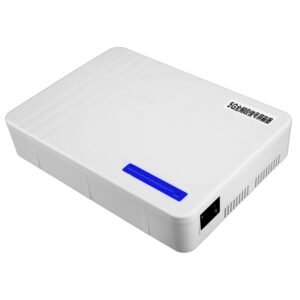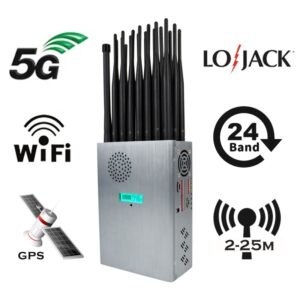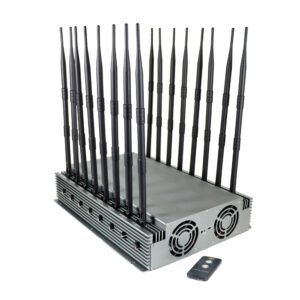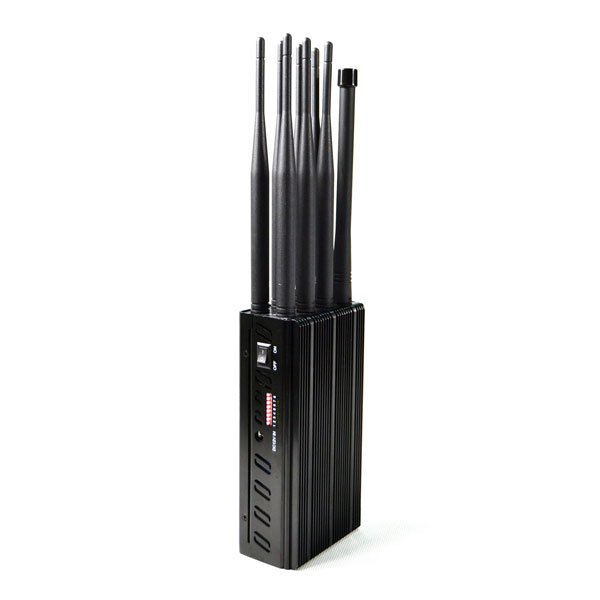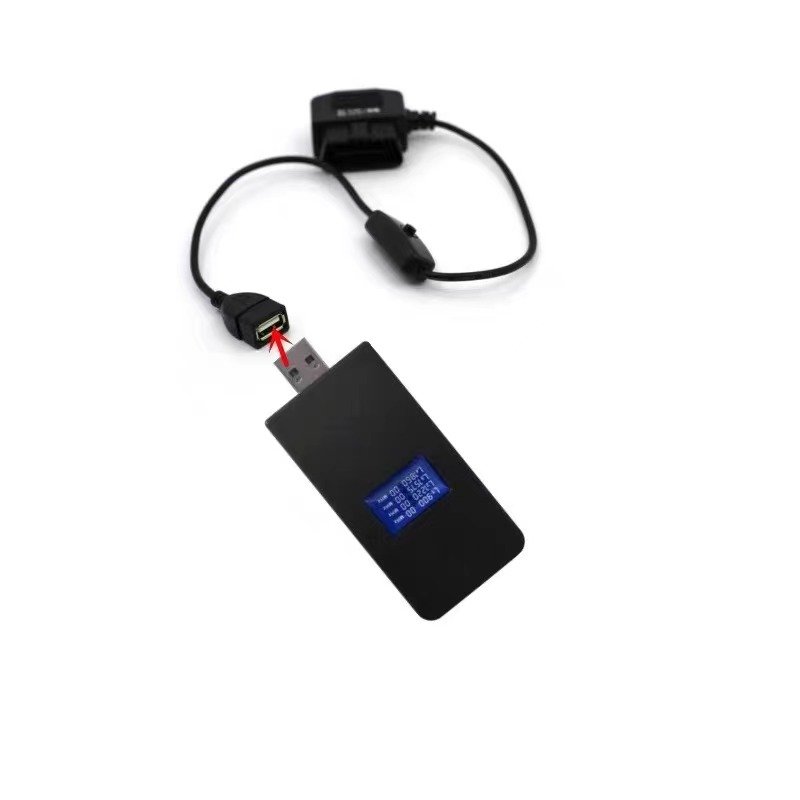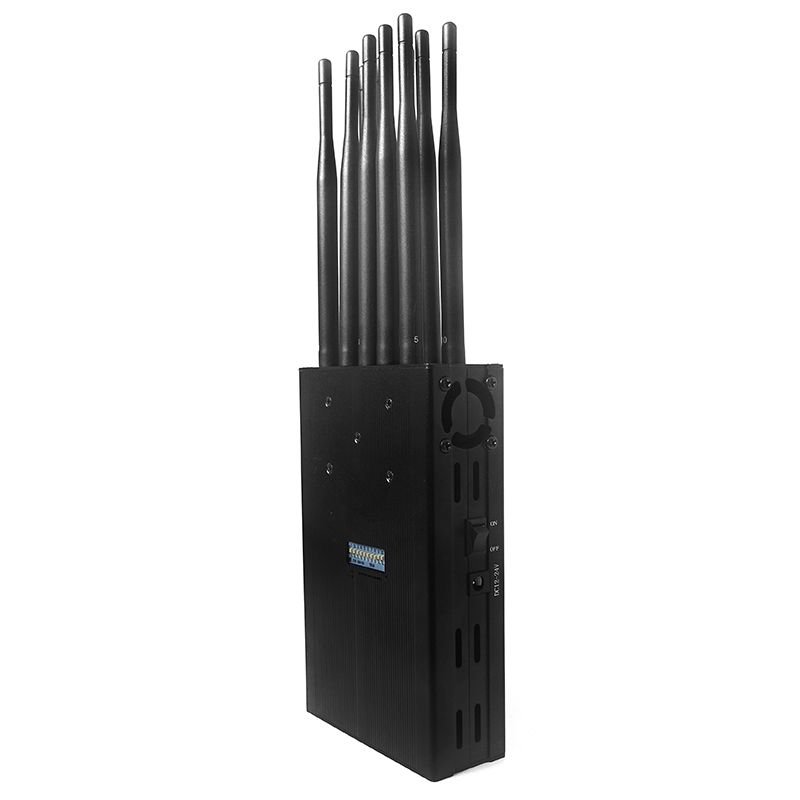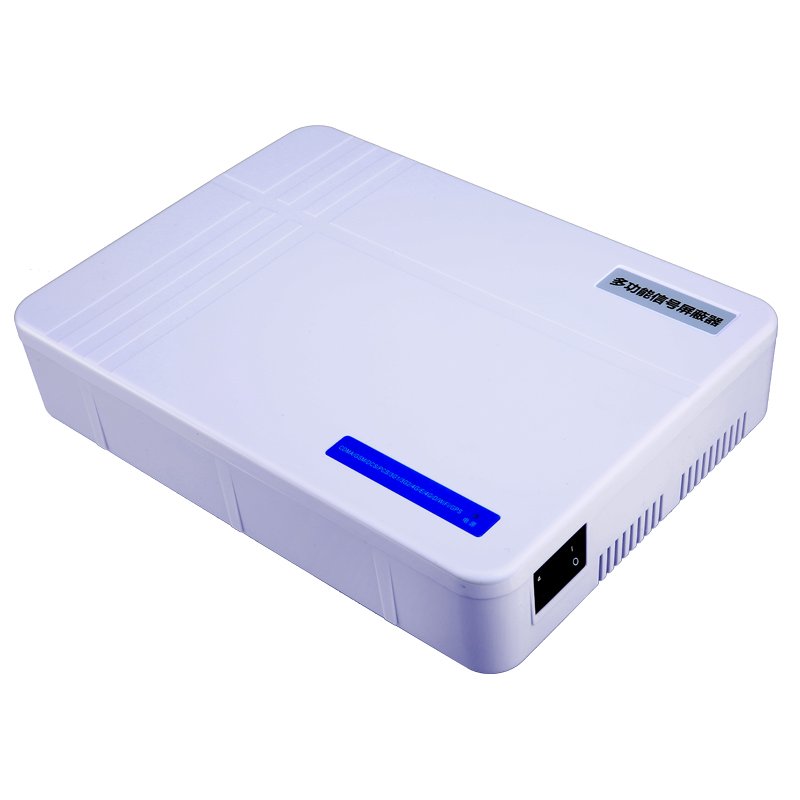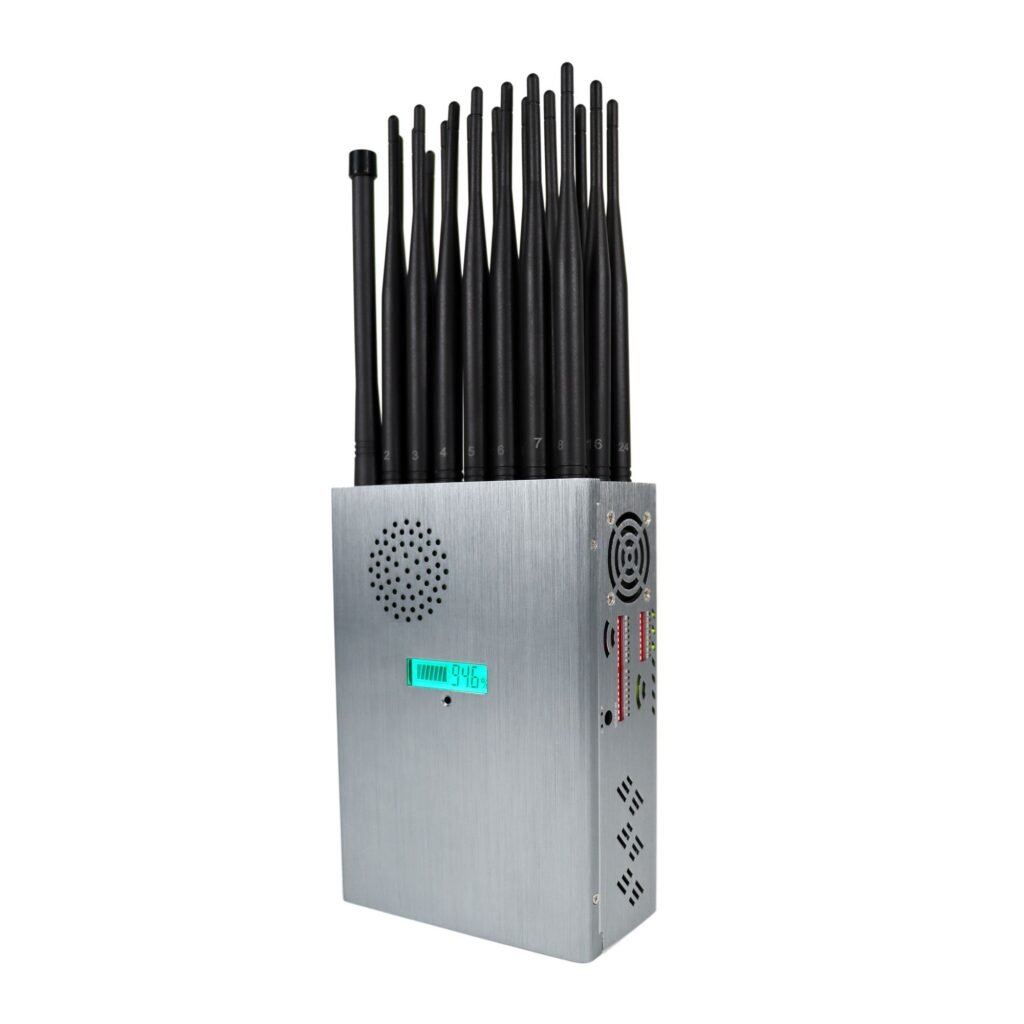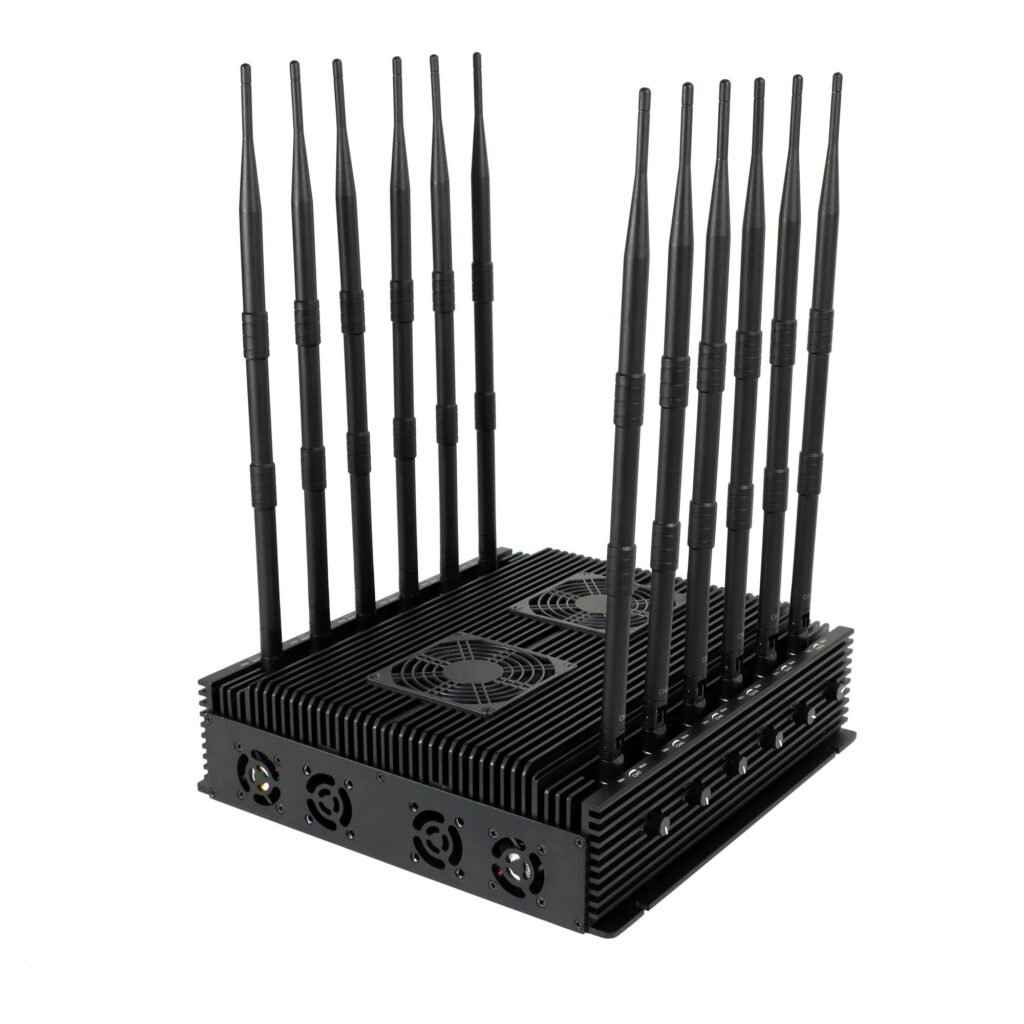Some of our old customers bought 4G jammers a few years ago. In recent months, some former customers have sent me emails with questions about 5G jammers. After answering their questions, I think there are more customers who have questions about 5G signal jammers. Let's talk about 5G jammers today.
As we know, with the acceleration of 5G network construction in European countries, several frequency bands have been divided and put into use, which have become key resources for 5G networks. Among them, the 700 MHz frequency band, as a representative of the low frequency band, is widely used in many countries to ensure wide coverage and deep signal penetration. In addition, 3.5 GHz (medium frequency band) and 26 GHz (millimeter wave radio frequency band) have been included in 5G spectrum planning to support high data rates and low latency. With the introduction of these frequency bands, the 5G jammers must also be upgraded accordingly to adapt to the requirements of the new frequency bands.
Spectrum allocation and matching
Allocation of the 700 MHz frequency band
European countries consider the 700 MHz band (694-790 MHz) as an important low frequency band resource for 5G networks. According to the European Commission's plan for electronic communications regulators (BEREC):
- The 700 MHz frequency band is divided into:
- Uplink: 703-733 MHz
- Downlink: 758-788 MHz
The main objective of this frequency band is to enable broad indoor coverage and penetration, which is particularly suitable for the use of the 5G network in rural and suburban areas.
Allocation of the 3.5 GHz frequency band
3.5 GHz (3,400-3,800 MHz) is the main mid-band frequency resource for European 5G networks and is used to balance speed and coverage. The allocation of this frequency band is slightly different in different countries, but most use it for 5G use in urban and suburban areas:
Germany, for example, allocates the 3.4 to 3.7 GHz frequency range to telecommunications operators such as Deutsche Telekom, Vodafone and Telefonica.
The UK allocates 3.4-3.8 GHz to operators such as EE, O2 etc.
Introduction of the 26GHz millimeter wave frequency band
As a high-frequency band, the 26 GHz band (24.25-27.5 GHz) is planned as a millimeter wave resource for 5G in Europe to provide ultra-high-speed services with low latency, which is particularly suitable for densely populated cities, stadiums and industrial parks.
Upgrades and changes to 5G jammers
Interference in the 700 MHz band
For the 700 MHz band, upgrading the jammer is relatively simple. Due to the narrow frequency range (30 MHz), only fine-tuning of existing jammers is required to cover the 700 MHz band and meet the jammer requirements.
Interference in the 3.5 GHz band
Upgrading the jammers in the 3.5 GHz band is more difficult:
Due to the large bandwidth (400 MHz) of the 3.5 GHz band, the jammer must have a higher frequency response capability.
The improved interference transmitters must support precise frequency matching in order to avoid interference with neighboring frequency bands.
For example, when allocating the 5G frequency band in the UK, jammers must cover the range between 3.4 and 3.8 GHz to ensure signal jamming effectiveness.
Challenges due to 26GHz mmWave interference
Millimeter wave signals in the 26 GHz band are characterized by their high frequency and short wavelength. Jammers face the following challenges:
High frequency precision jamming: Signals in the millimeter wave band are easily blocked by obstacles, but the jammer must support a higher frequency range (above 24.25 GHz) to ensure effective jamming of millimeter wave signals.
Increased complexity of the devices: Millimeter wave jammers require greater technical precision and power control options.
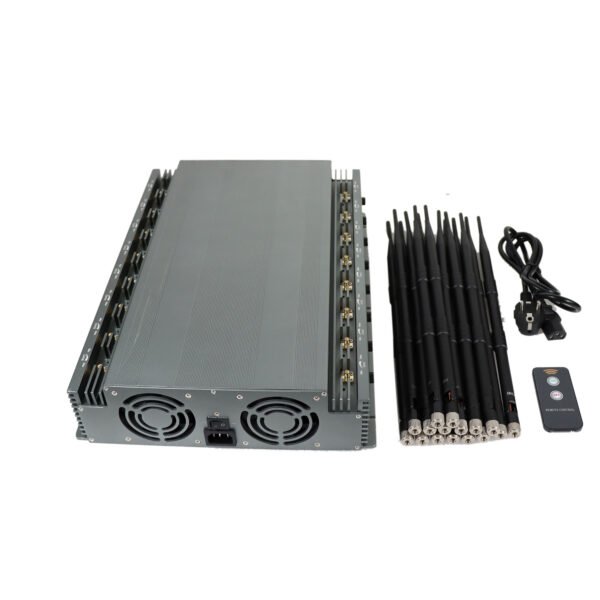
Upgrade of the jammer technology
The improvement of the jammers has promoted the further development of the equipment in the following technical areas:
- Support for wide frequency band: The introduction of the 700 MHz, 3.5 GHz and 26 GHz frequency bands requires jamming devices to have wider frequency coverage.
- Efficient power control: To prevent interference from millimeter wave signals, the interference power must be precisely controlled to achieve effective coverage.
The above-mentioned technological improvements in the area of broadband and frequency interference technology are advanced technologies that our factory has fully mastered. So you don't have to worry about these technical details when purchasing devices from our factory. We will definitely do our best!
Improved adaptability of the jammer
The improved jammers can adapt to the diversity and complexity of European 5G spectrum planning, including:
- The 5G frequency bands are divided up differently in different countries.
- The requirements for interference protection equipment vary depending on the scenario (e.g. rural, urban and industrial areas).
The case of 5G spectrum allocation in Europe that I analyzed above shows that the 700 MHz band, the 3.5 GHz band and the 26 GHz millimeter wave band are the core resources of the current 5G network. The introduction and utilization of these frequency bands have brought new challenges for upgrading 5G jammers.
After reading my analysis of European 5G spectrum allocation and customization, and advances in 5G disruptive technology, you should understand why you need to upgrade or buy a 5G disruptive device.
Use of 5G jammers
In most life scenarios, 2G, 3G and 4G signals are still more commonly used, but in some commercial and research institutes, 5G signals will increasingly be used. As business activities aim for efficiency, 5G signals will be transmitted faster. In many business environments, 5G signals offer more advantages than 4G signals. At the same time, the institute is conducting research into cutting-edge signaling technologies and will certainly conduct more and more research into 5G and even 6G operate.
Based on what I have said above, you will understand that it still depends on your actual situation which device you end up using. If your goal is to jam 2G, 3G and 4G signals, you don't need to buy a 5G jammer. However, if you work in a company or research institute and need to jam 5G signals, you will need to buy a new 5G jammer.
Popular 5G cell phone jammers
-
High-performance hidden antennas 16 band 5G cell phone jammer WiFi RC433 315 868 GPS LOJACK
1.699,99€Original price was: 1.699,99€.739,99€Current price is: 739,99€. Select options This product has multiple variants. The options may be chosen on the product page -
WIFI 2G 3G 4G 5G cell phone jammer
339,99€ – 399,99€ Select options This product has multiple variants. The options may be chosen on the product page -
Portable jammer with 24 antennas that blocks all signals and has a good cooling system
1.599,99€Original price was: 1.599,99€.799,99€Current price is: 799,99€. Select options This product has multiple variants. The options may be chosen on the product page -
Tabletop jammer with adjustable power 16 antennas 5G 4G 3G 2G LOJACK VHF UHF WIFI GPS
2.599,99€Original price was: 2.599,99€.1.599,99€Current price is: 1.599,99€. Select options This product has multiple variants. The options may be chosen on the product page
In this article, I analyze the current situation of 5G signals in Europe and why 5G jammers are needed. If you like the article on this topic, please let me know so that I can continue to write articles on 5G in the future. Or if you are interested in other signal-related topics, you can also let me know via official email. If many people are interested, I will write my analysis into an article and share it with everyone.


